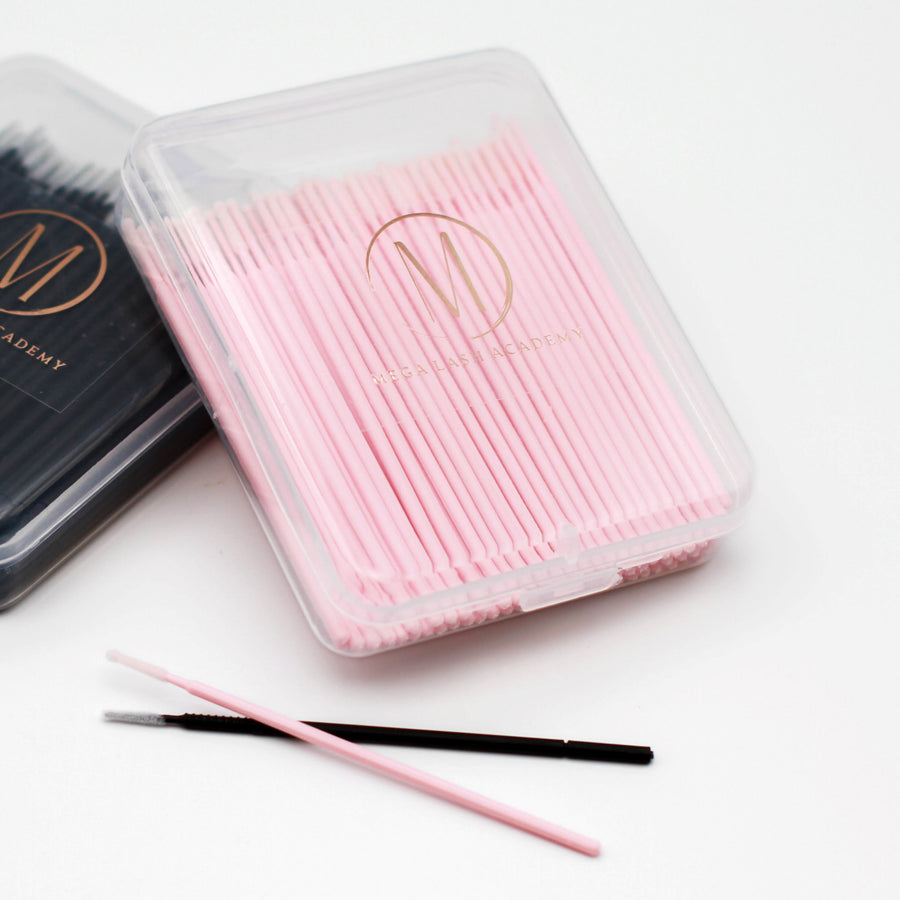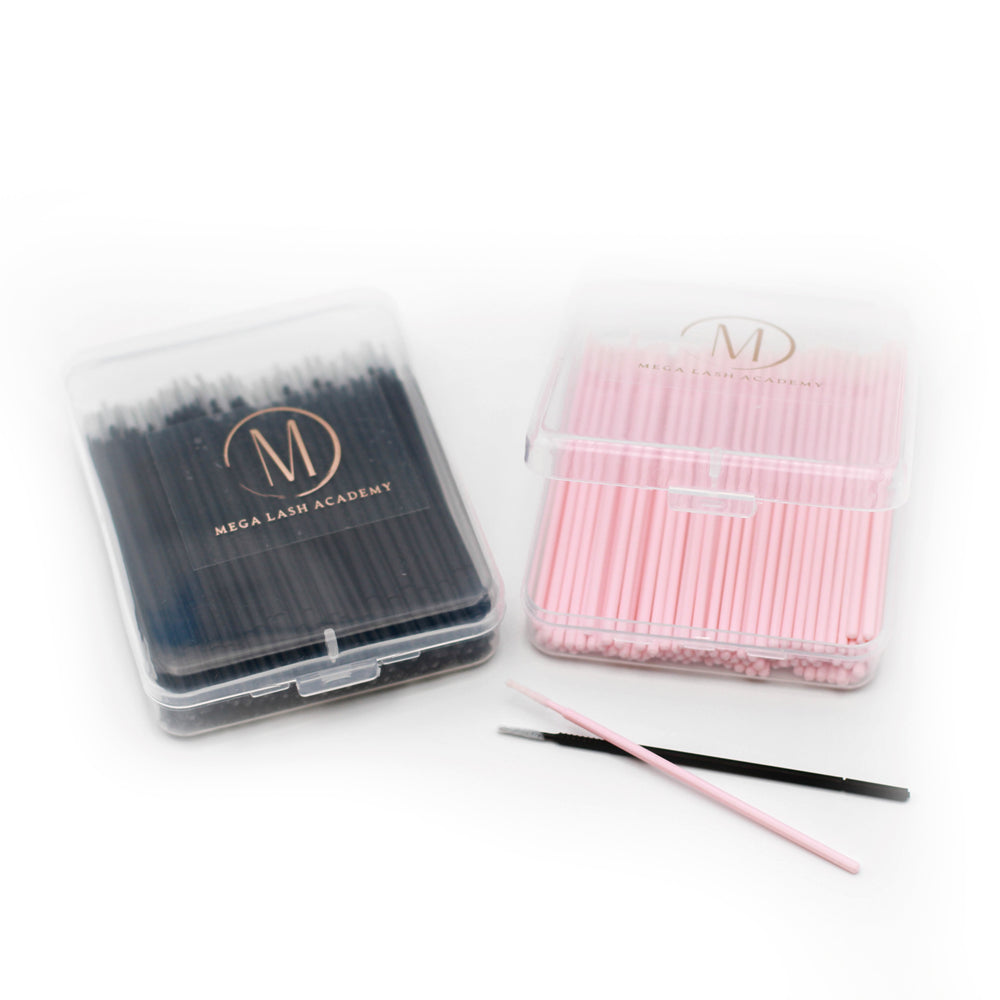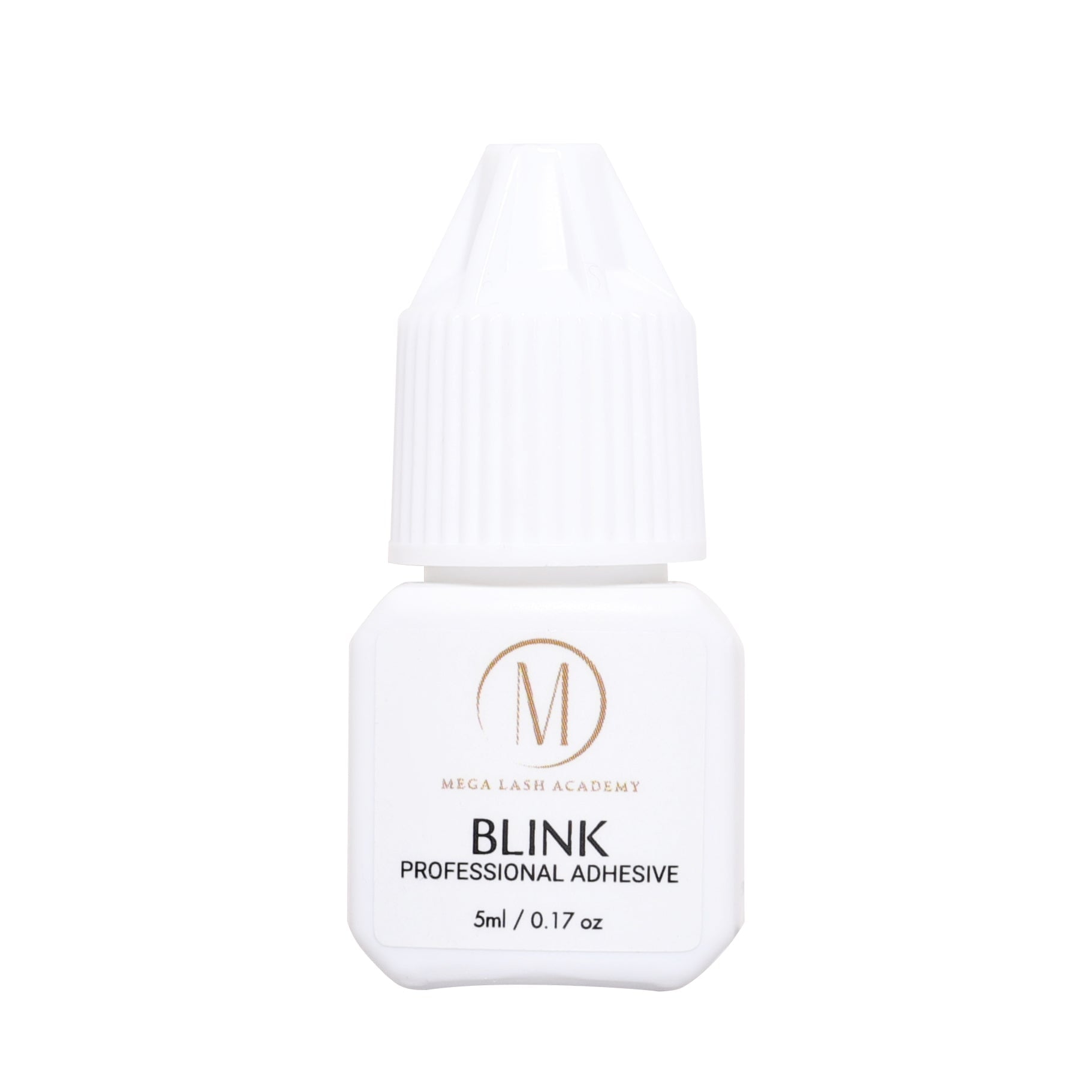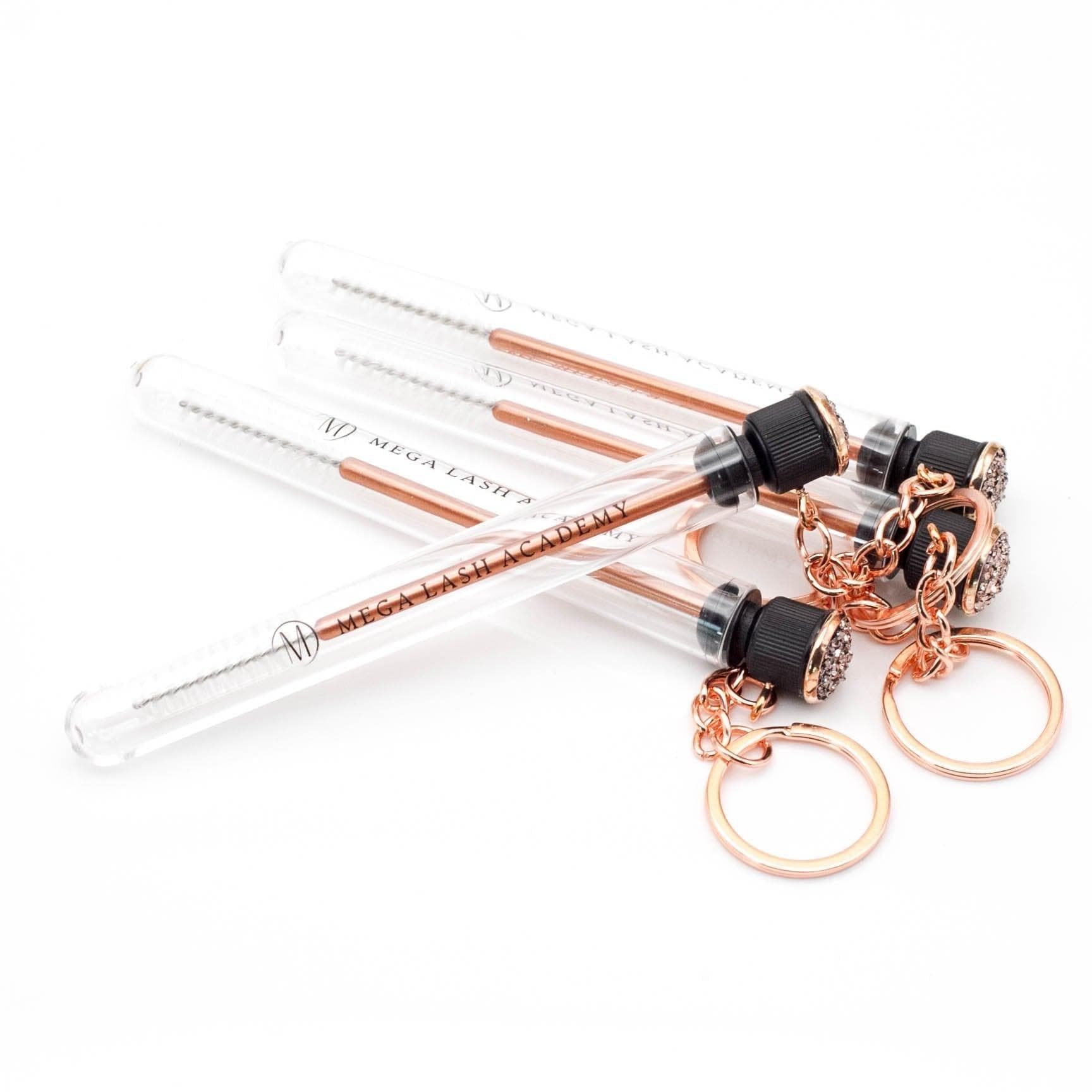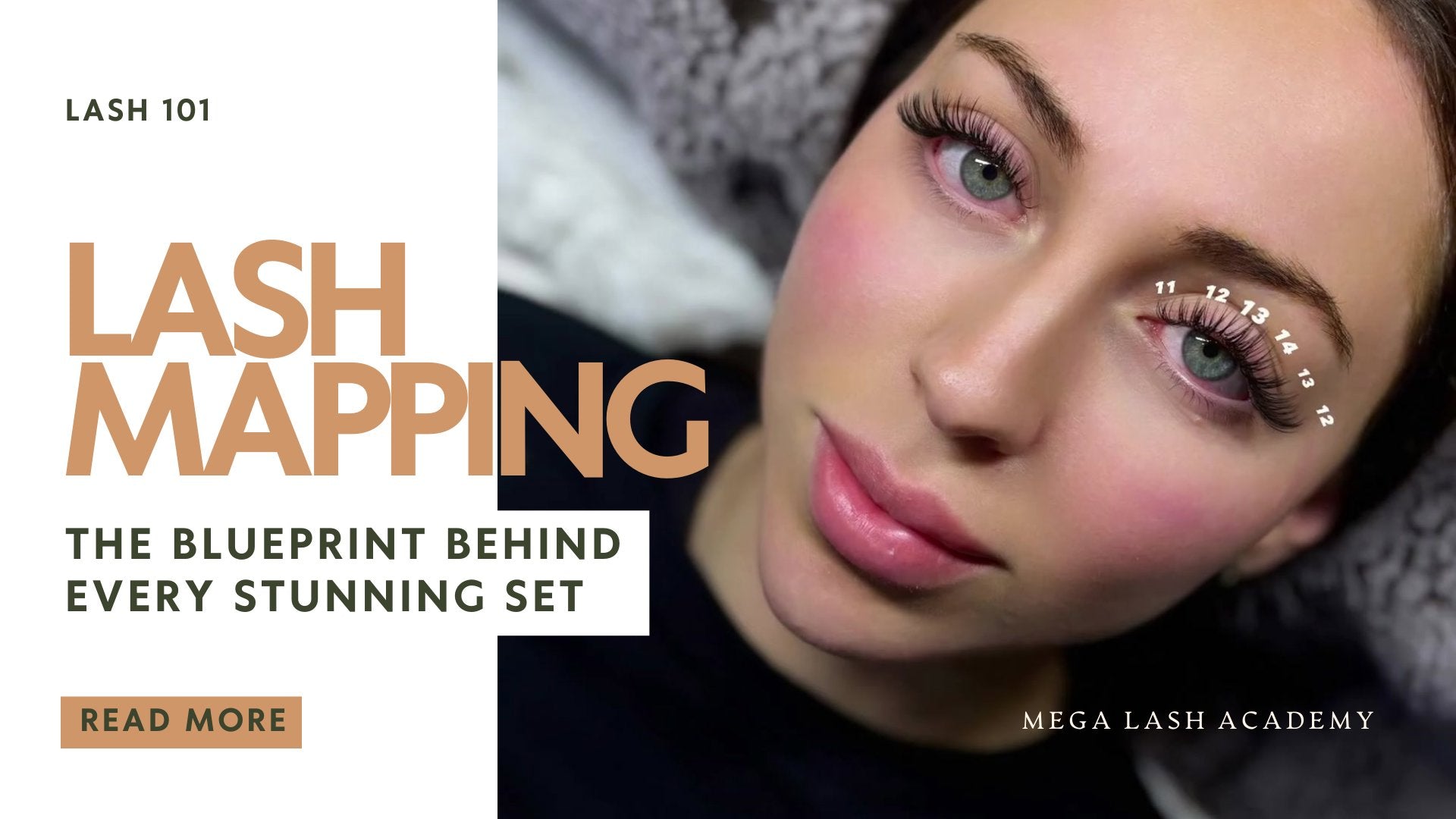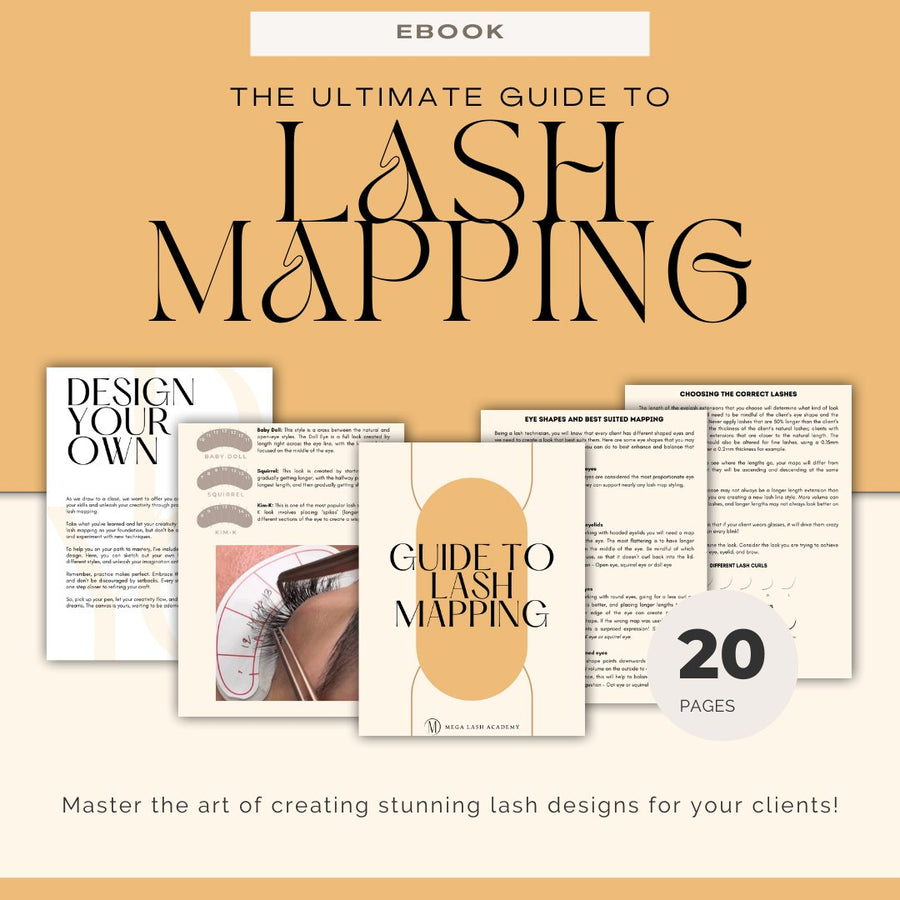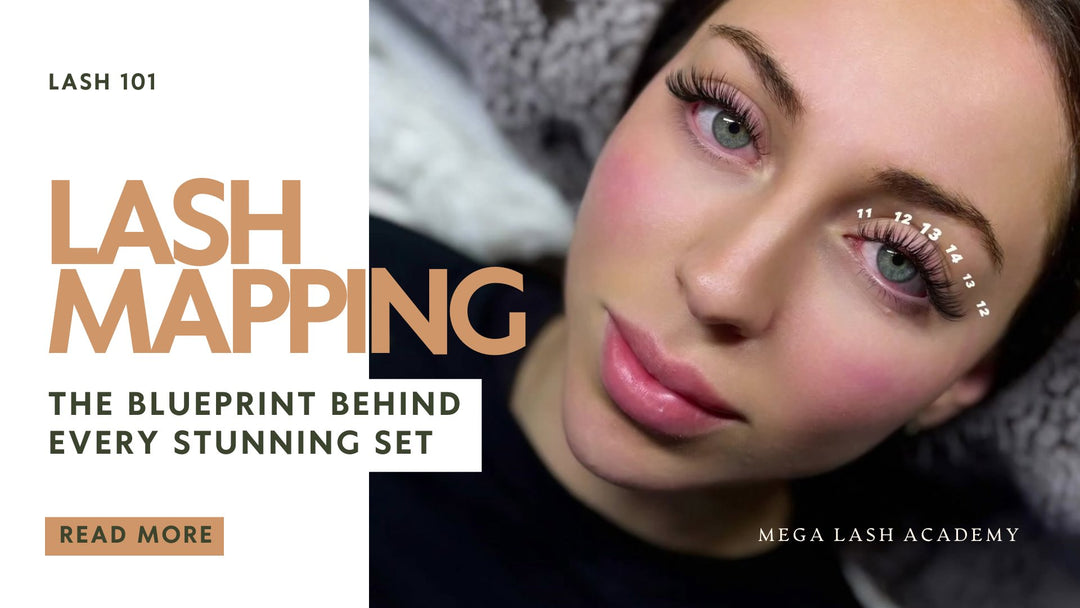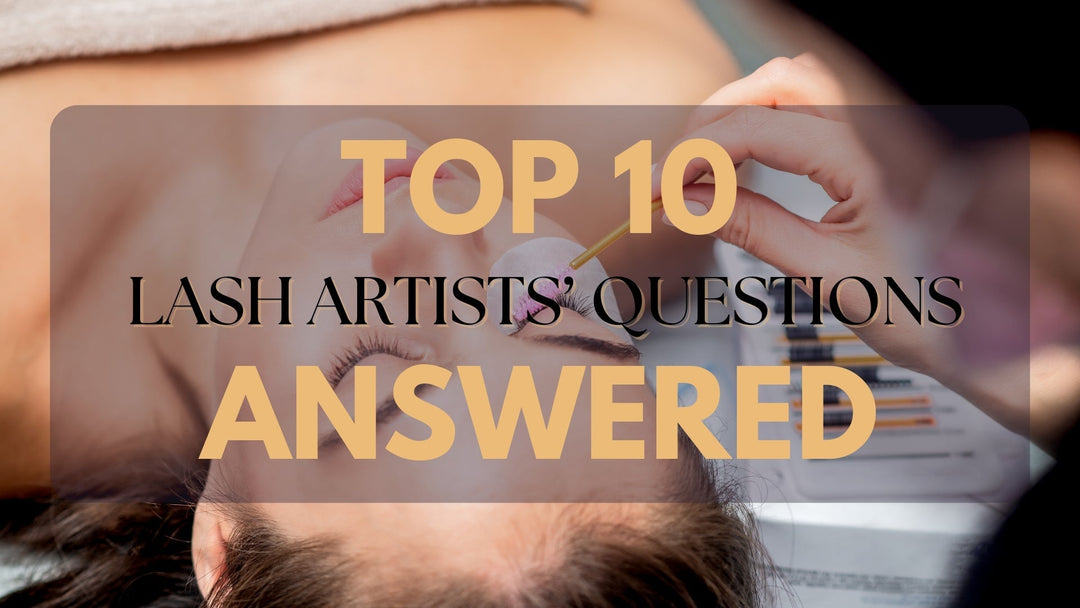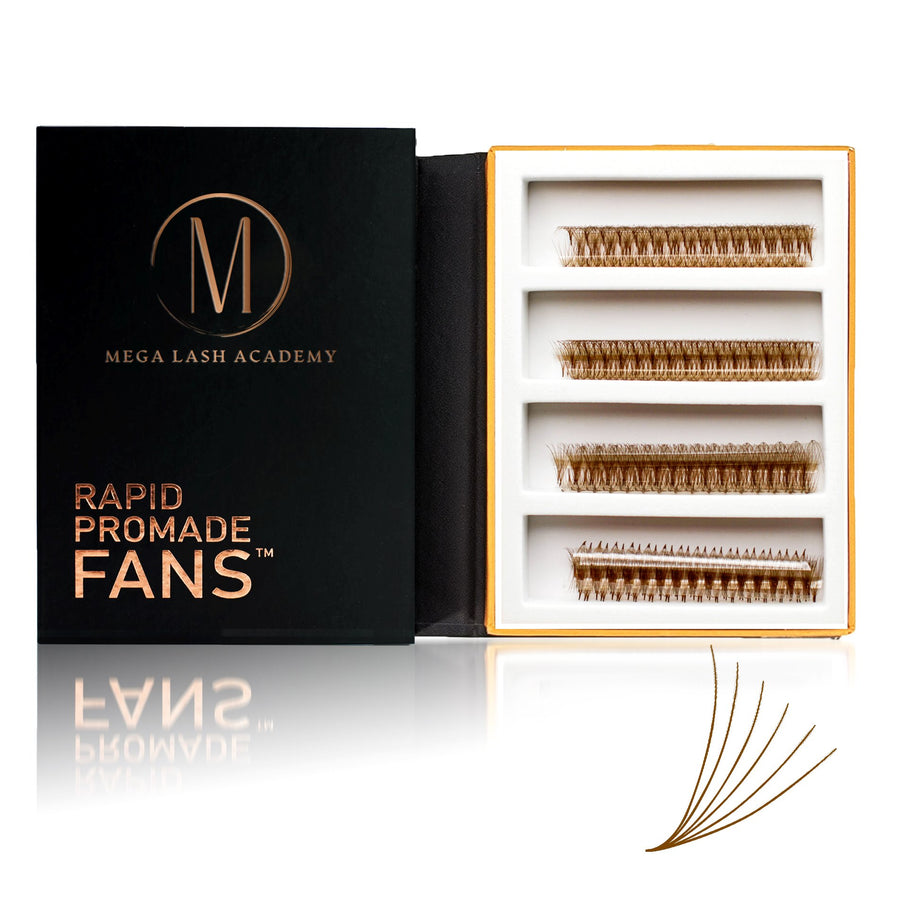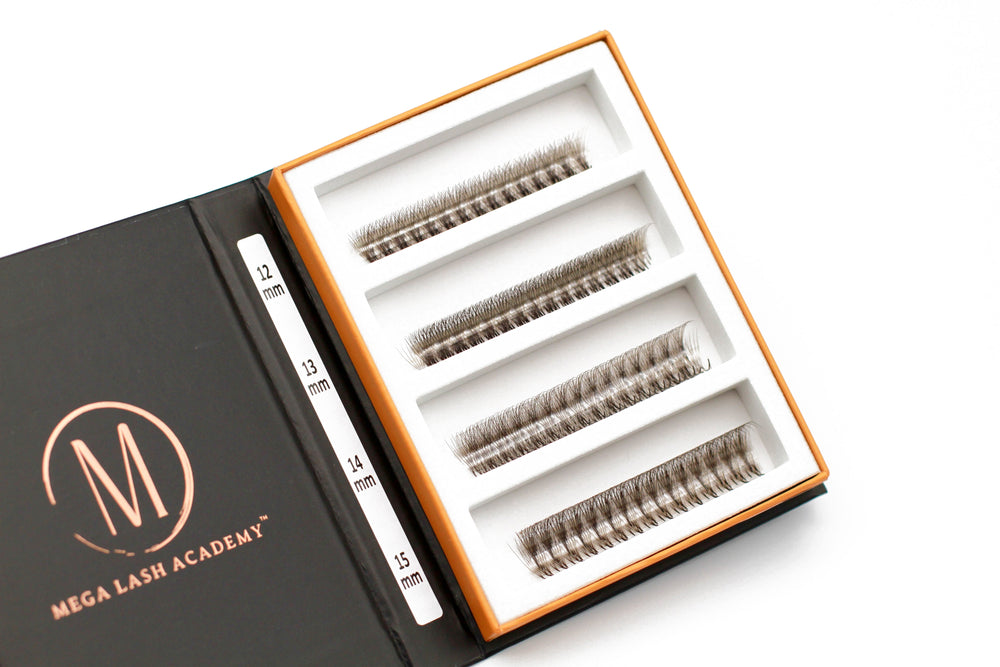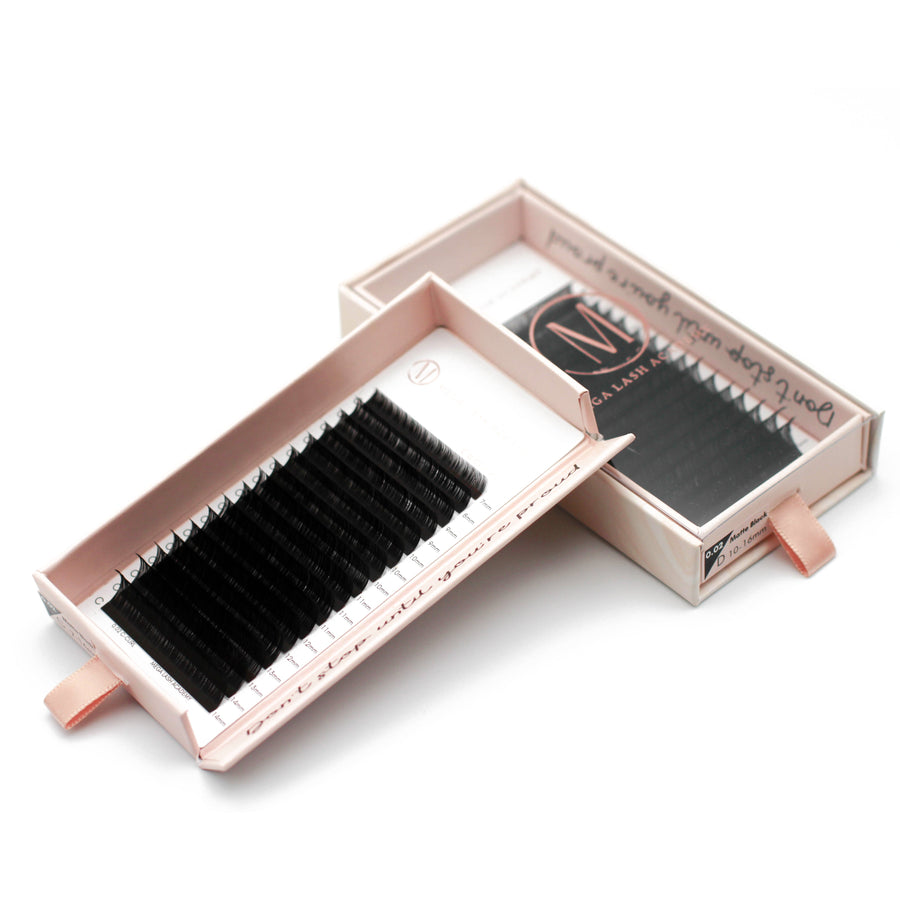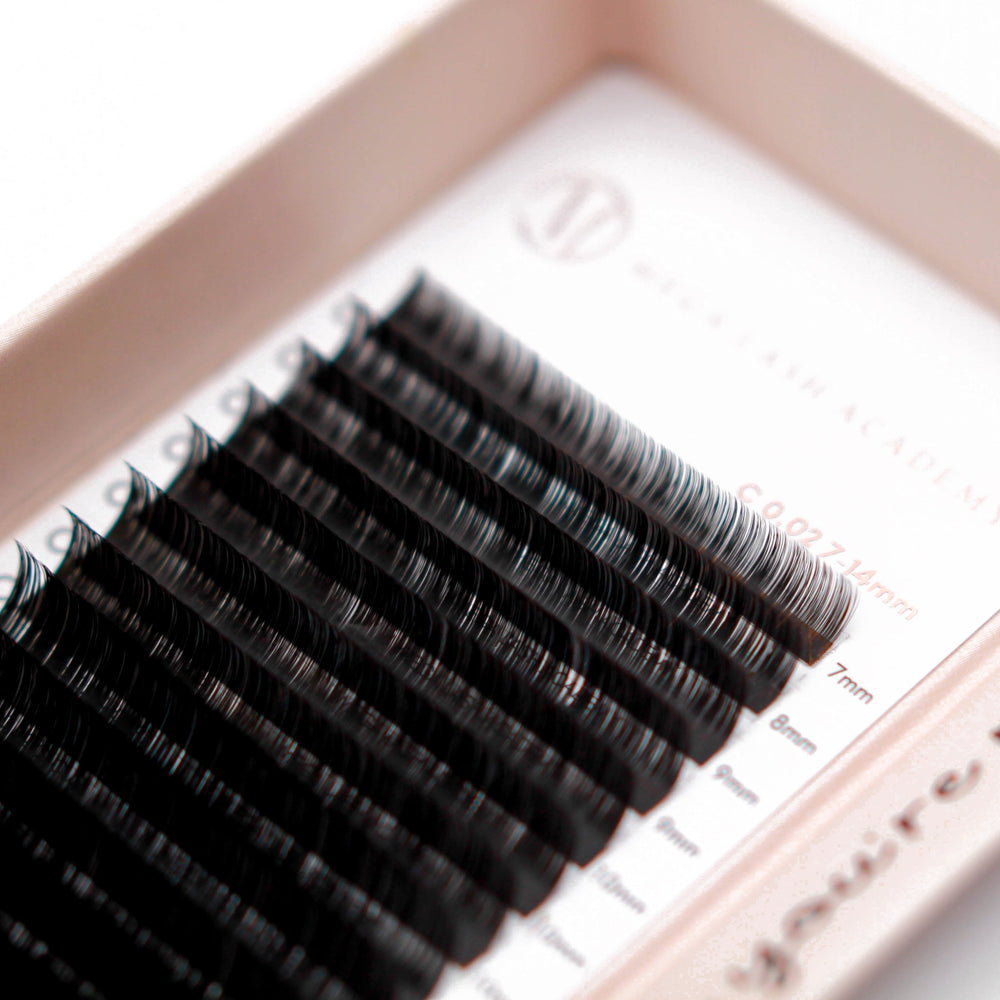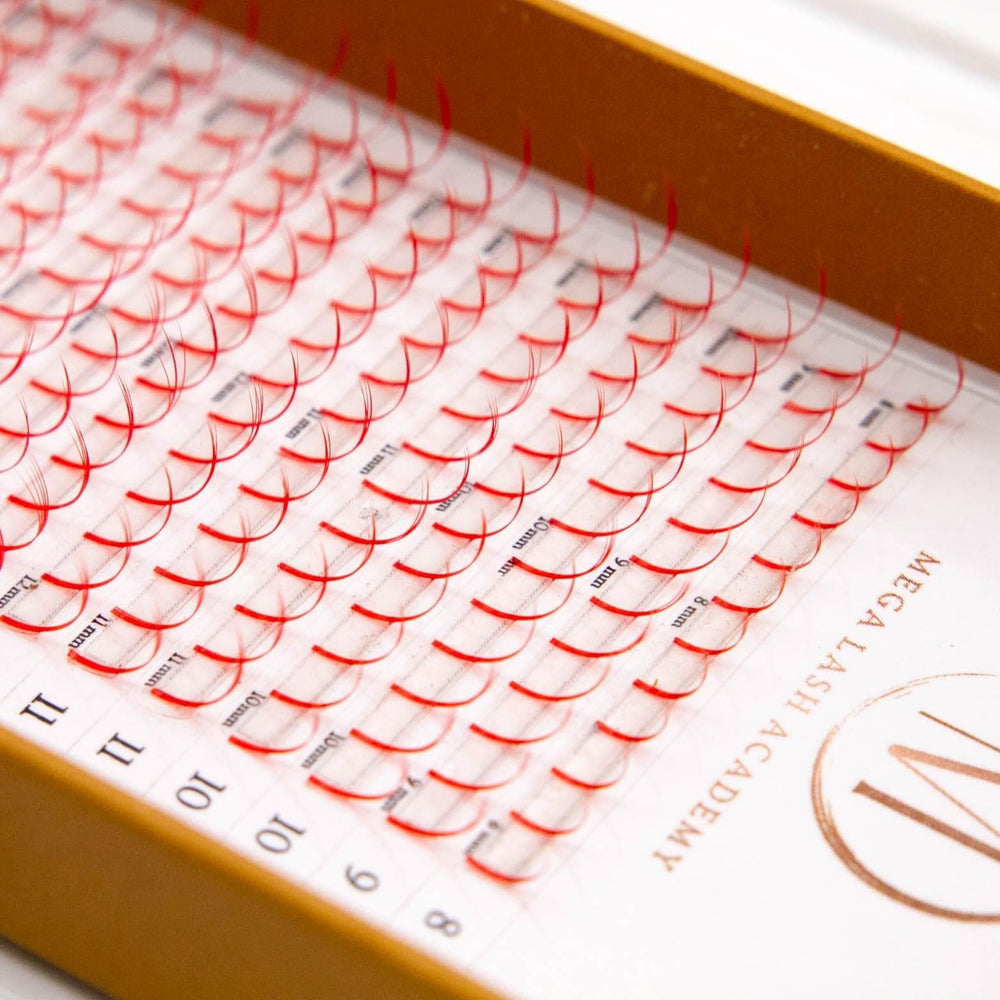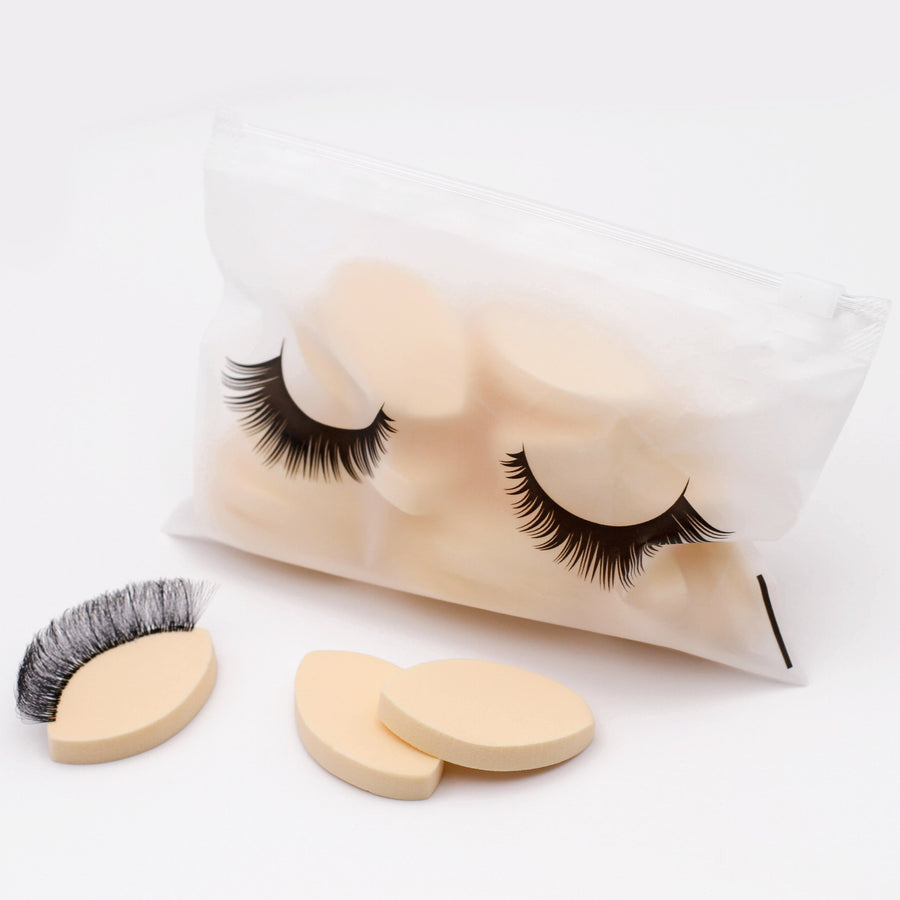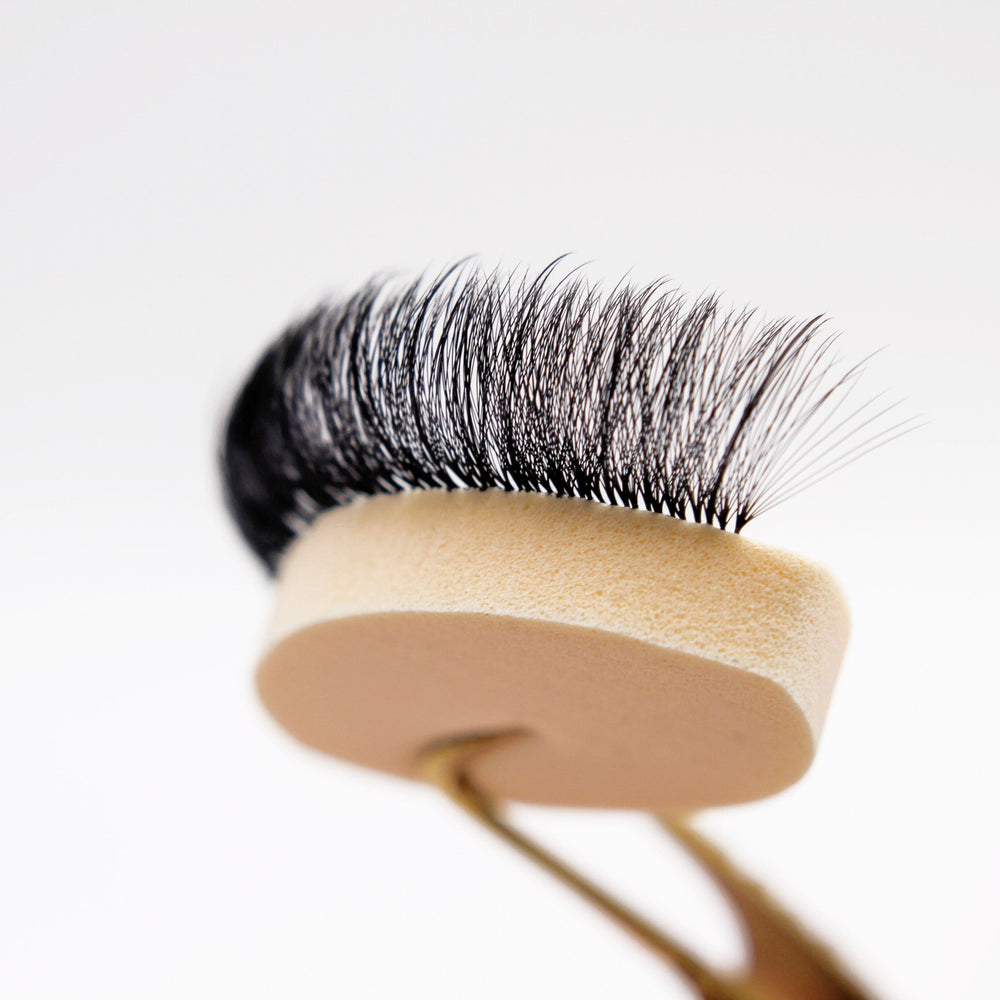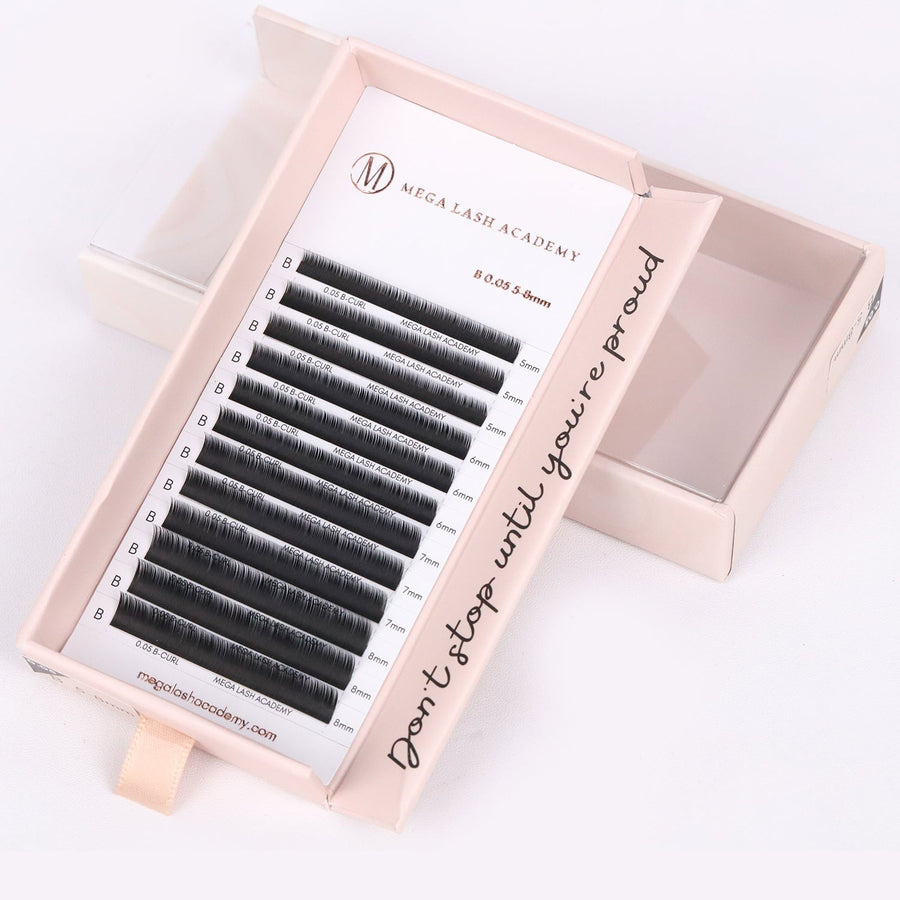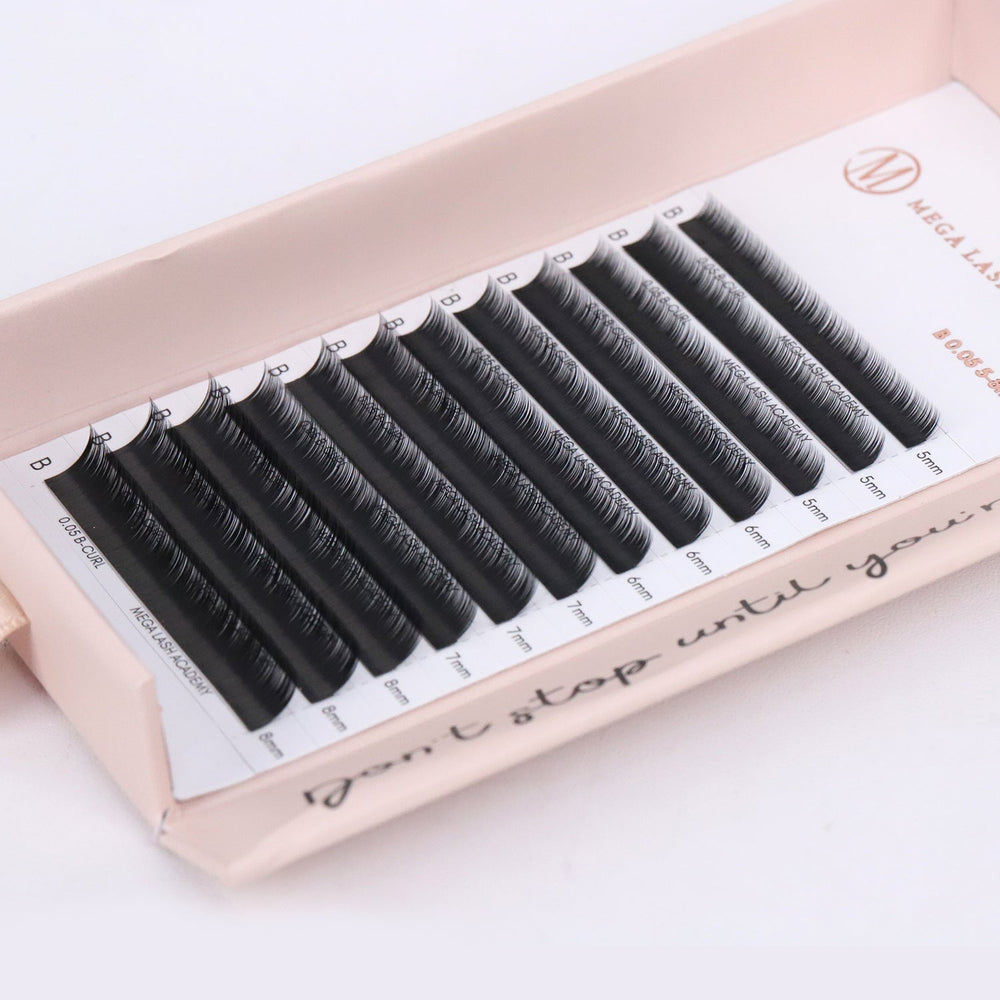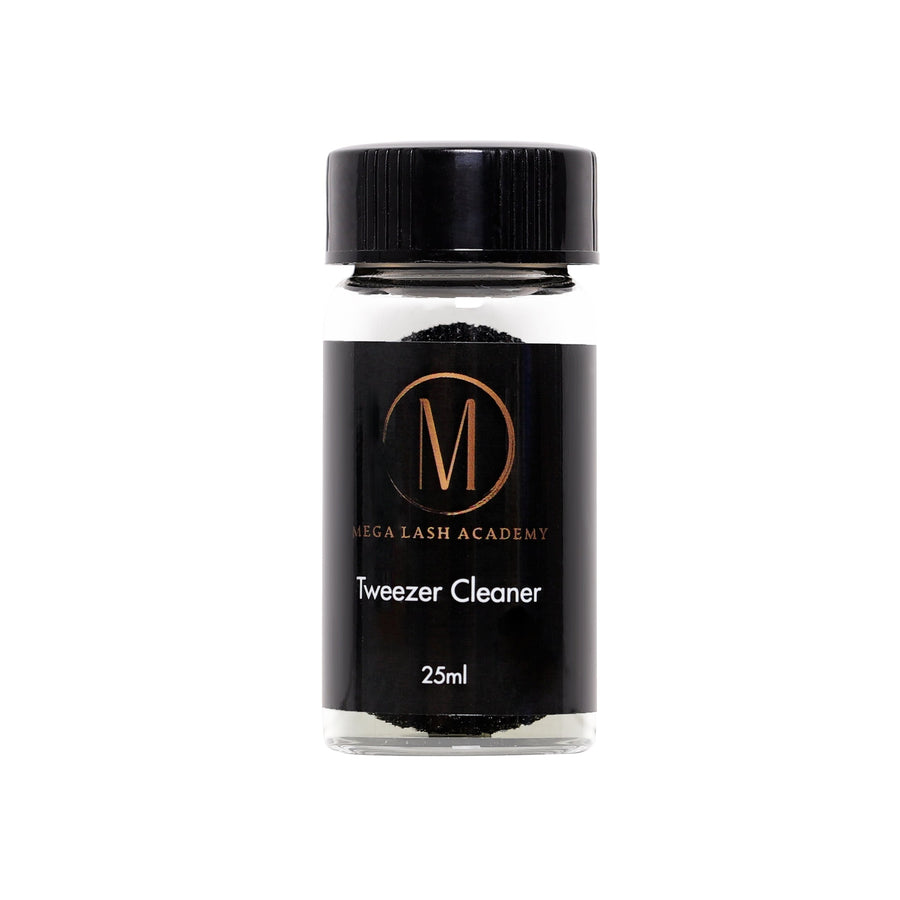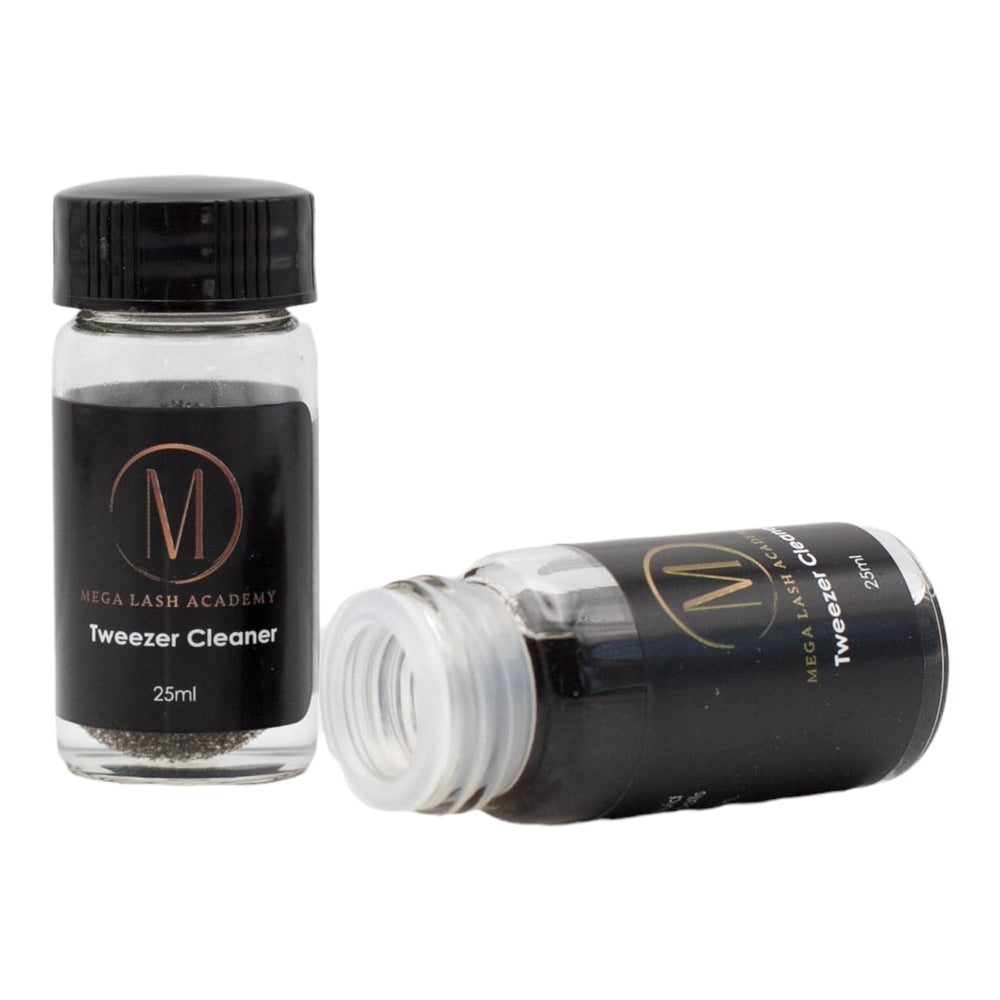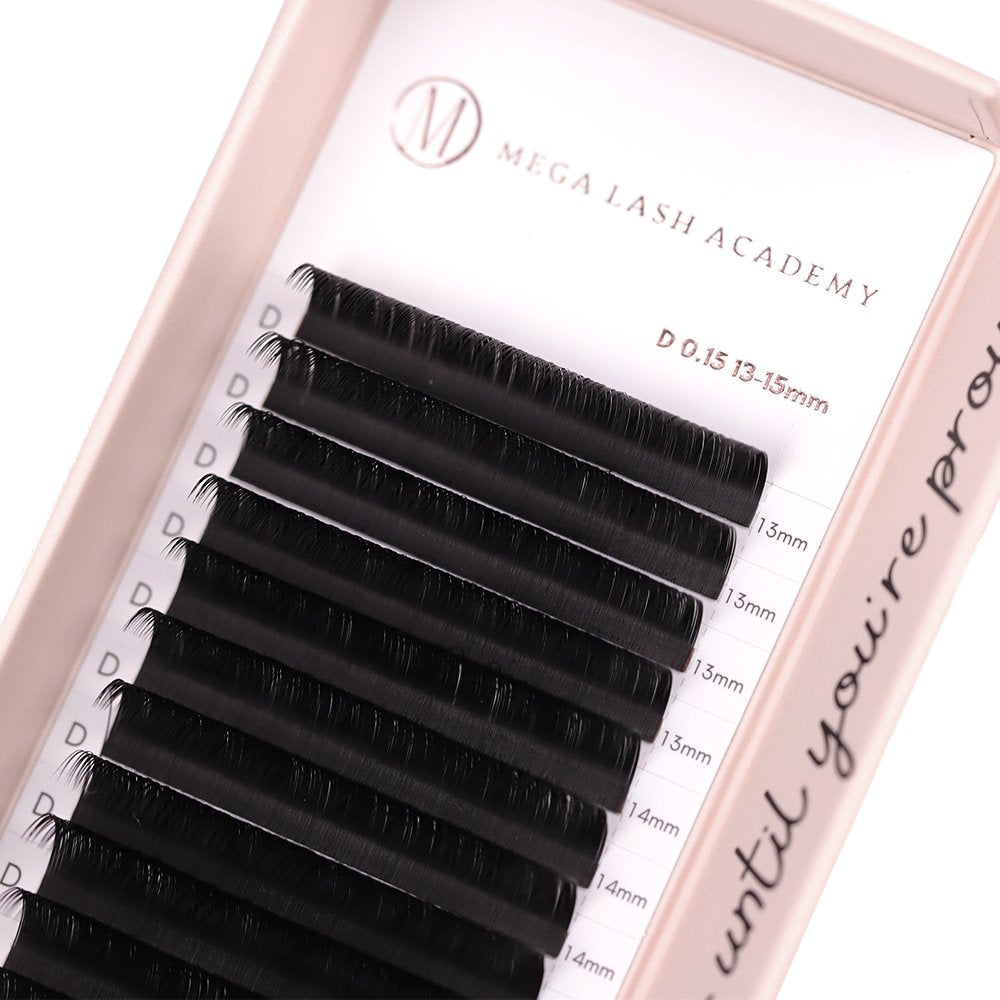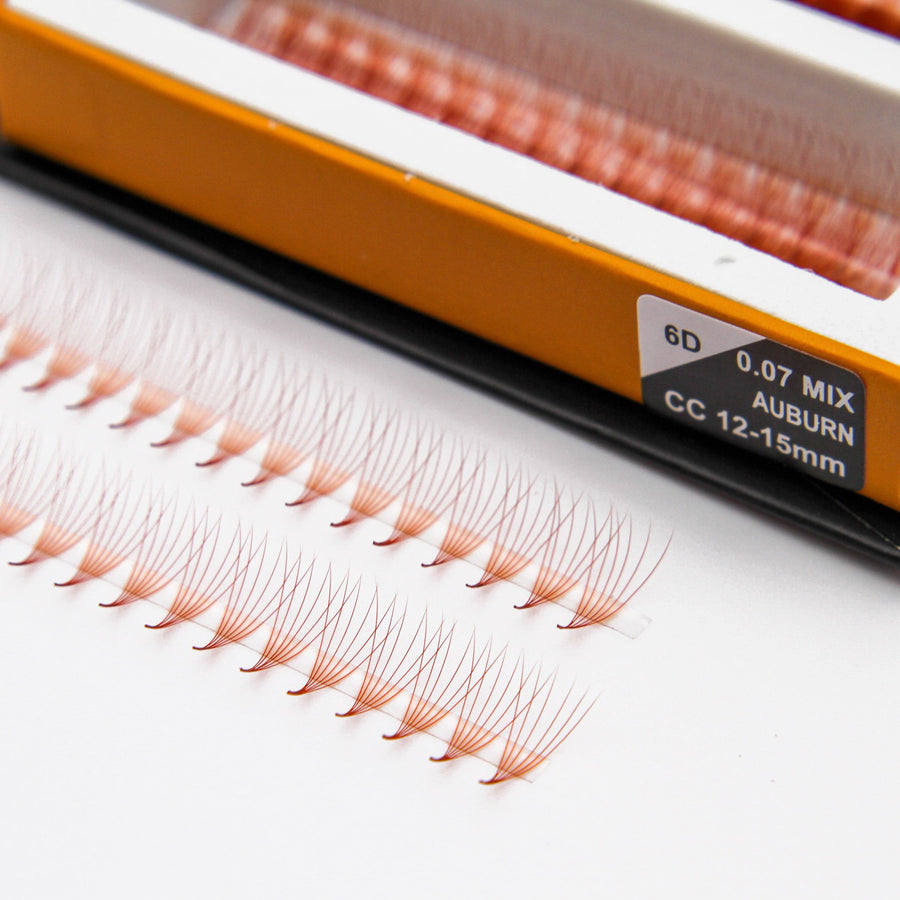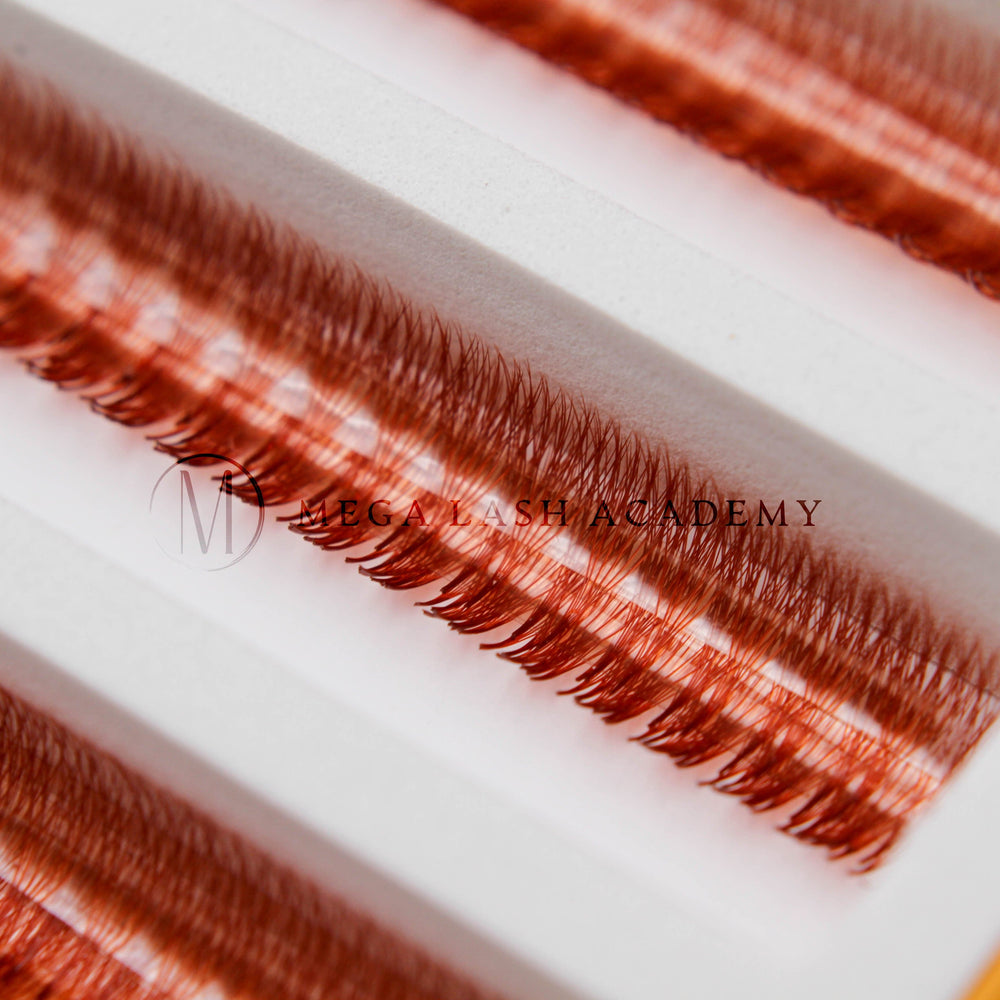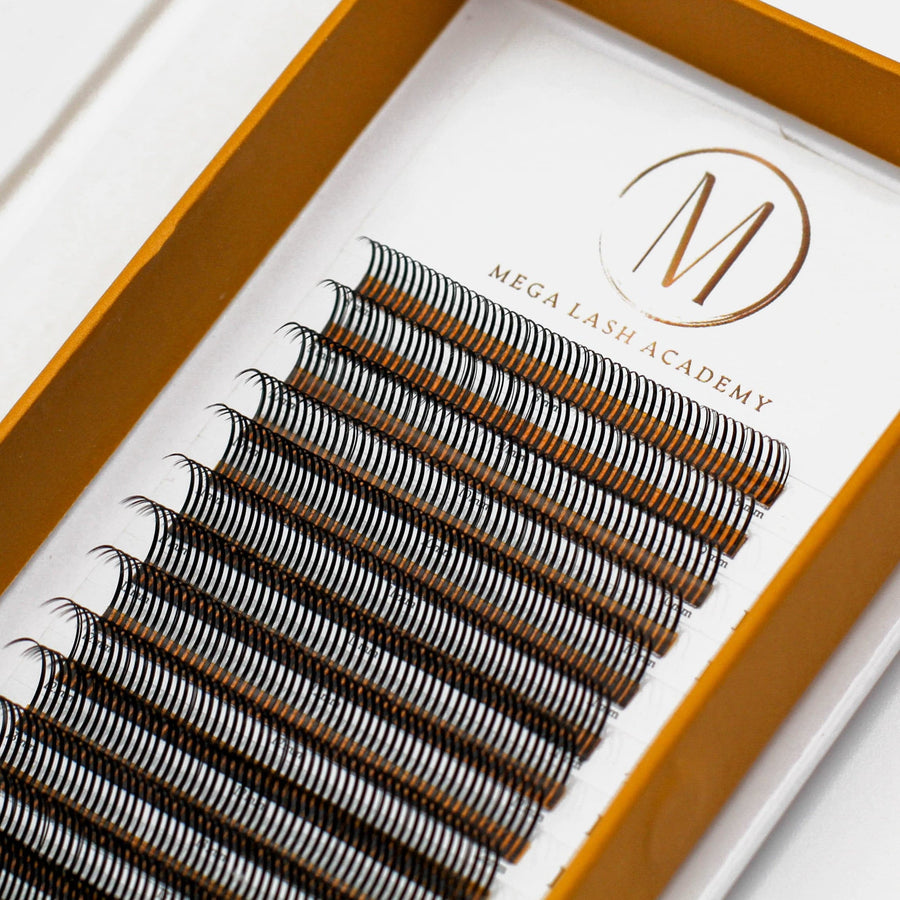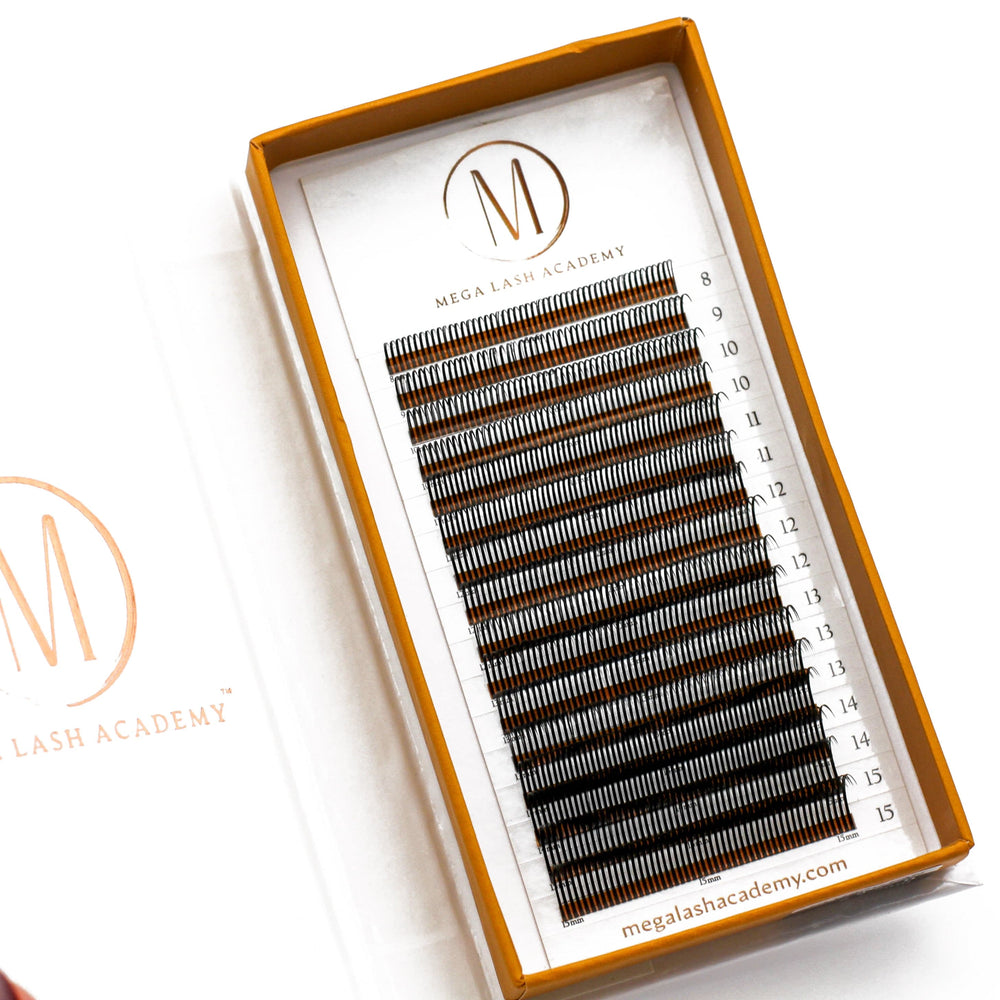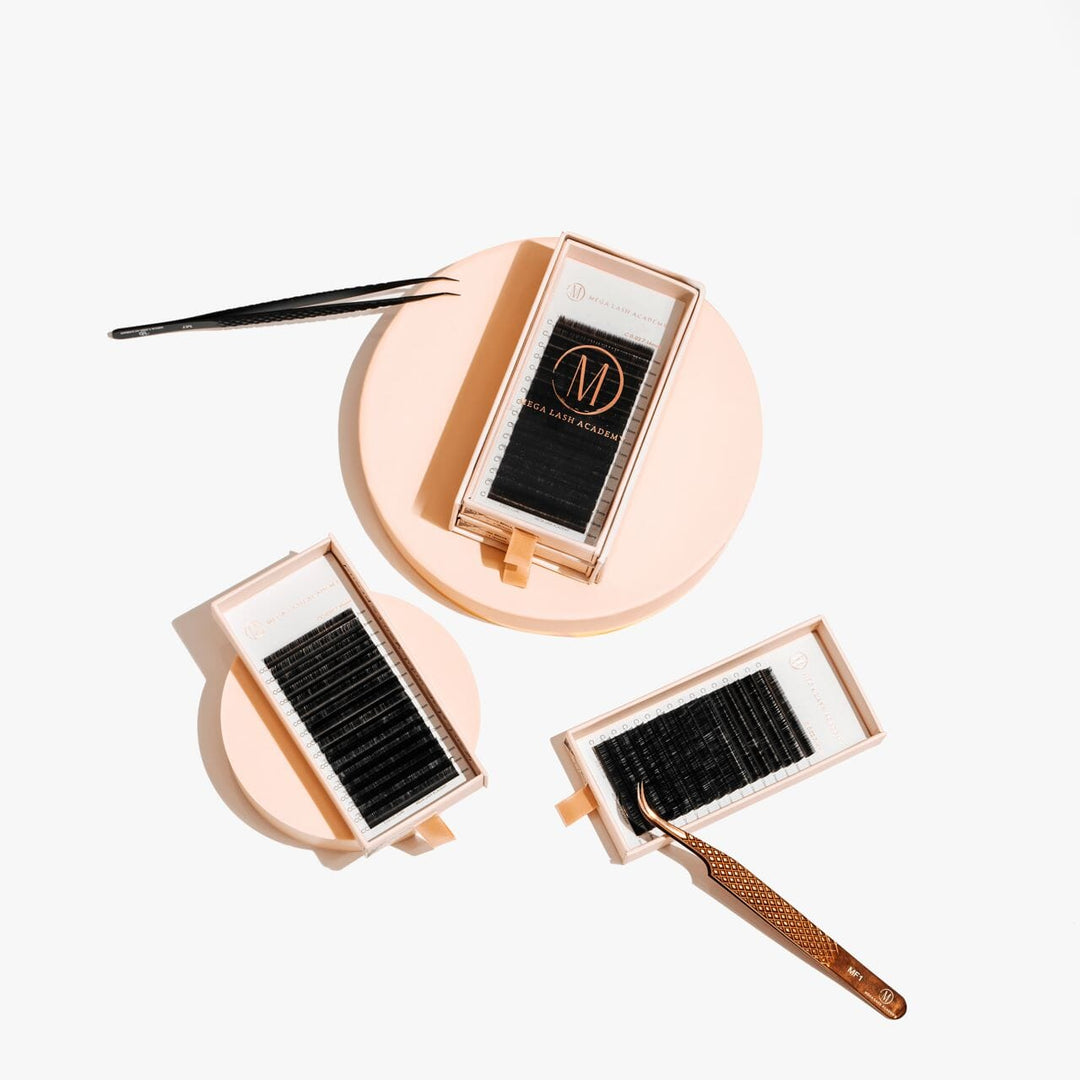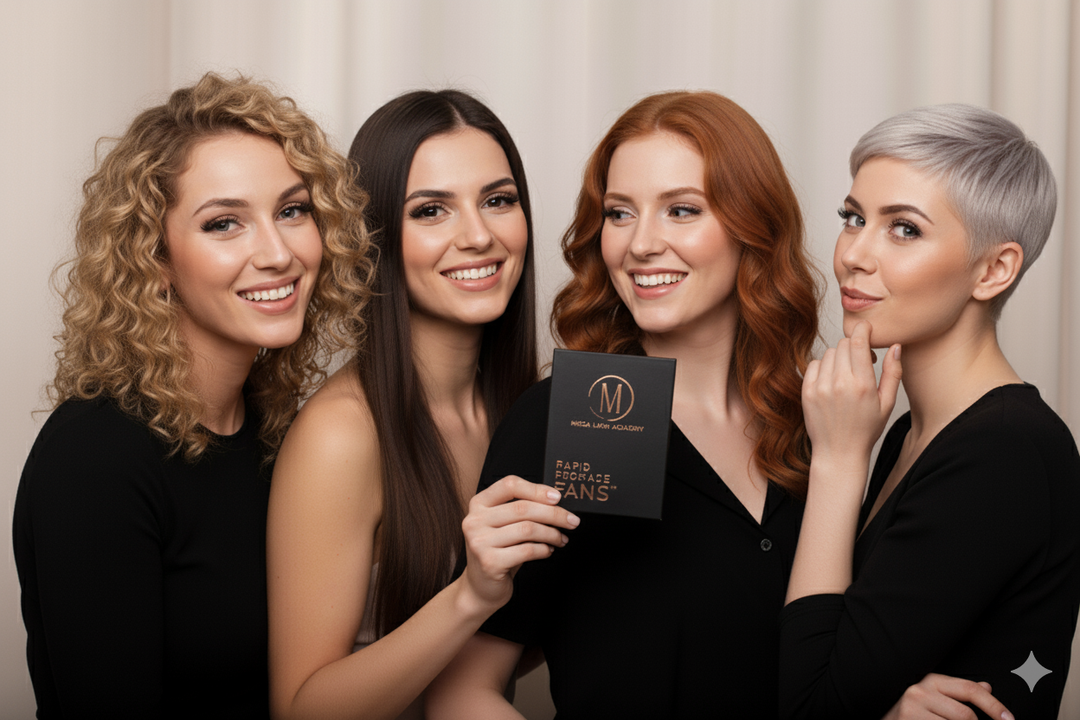Lash Mapping: The Blueprint Behind Every Stunning Set
There’s a reason some lash sets turn heads. They don’t just look good—they elevate the entire face. They brighten the eyes, balance the features, and somehow feel effortless.
That is not luck. That is not guesswork.
That is lash mapping, and it is what separates a good lash artist from a great one.
What Is Lash Mapping?
Lash mapping is a plan. A strategic, customized layout created before a single extension is applied. The lash line is divided into zones, and each one gets a specific length, curl, and thickness.
Why? Because every face is different. Every eye shape, lash type, and client goal requires a different approach.
Think of it like this. If your client's face is the canvas, lash mapping is the sketch that guides the masterpiece. It ensures the final look is balanced, flattering, and tailored to them—not just copied from a trend.
Why Lash Mapping Matters
Lash mapping creates intention. It gives you control over the final result and keeps the whole process smooth.
Without it:
-
One eye might look slightly off.
-
Lashes can feel heavy or uncomfortable.
-
The set may not enhance the client’s natural features.
With it:
-
You get clean symmetry.
-
The lashes feel lighter and more wearable.
-
The look enhances the eyes, lifts the face, and brings harmony to the entire set.
Mapping also helps you protect lash health. You can identify weak areas and avoid applying too much weight or length where the natural lashes cannot support it.
What’s In a Lash Map?
A well-planned lash map includes:
-
Lengths – Often shorter near the inner corners and longer toward the middle or outer edges, depending on the style.
-
Curls – Choose from soft, natural options like a B, C curl or more dramatic options like a D curl.
-
Thickness – Adjust based on the strength of the client's natural lashes.
-
Eye zones – The lash line is split into sections, and each one has its own lash design.
Some artists draw the map on under-eye pads or stickers. Others visualize it internally. Either way, if you are working with purpose, you are mapping.
Lash Styles You Can Map
This is where your creativity comes in. Mapping is not just technical. It is your artistic edge.
Some common styles include:
-
Classic/Natural – Follows the natural lash pattern and enhances without overpowering.
-
Cat Eye – Shorter in the inner corner, longer at the outer edge to create a lifted effect.
-
Doll Eye – Longest lengths in the center for a bright, rounded look.
-
Squirrel Style – A balanced mix with tapering edges that flatters most eyes.
-
Wispy or Hybrid – Varied lengths for texture and a soft, airy finish.
No single style works for everyone. Your role is to assess, plan, and create a look that feels made for the client.
What Lash Mapping Looks Like in Practice
It is a quiet step, but it sets the tone for everything that follows.
Here’s what it typically involves:
-
Consultation – Talk with your client about their goals. Natural? Bold? Something in between?
-
Eye Analysis – Observe the shape, lid space, lash direction, and strength. This is where your artist eye comes in.
-
Product Selection – Choose curl, length, and thickness based on their features and lash health.
-
Mapping – Use under-eye pads or mental zones to plan the lash layout.
-
Application – Apply the extensions following the plan while staying flexible to adjust as needed.
-
Final Check – Make sure both eyes are balanced and cohesive before finishing the set.
Is Lash Mapping Just for the Pros?
Not at all.
If you are just starting out, mapping is your foundation. It gives structure to your process and helps you avoid mistakes.
Here are a few beginner tips:
-
Use pre-made mapping stickers or templates.
-
Stick to one curl type when learning.
-
Master simple maps like classic or cat eye before experimenting.
-
Keep practicing until mapping becomes second nature.
For advanced artists, mapping becomes even more personal. You start combining curls, layering styles, and adjusting on the fly. But the basics still matter. Every great set starts with a great plan.
Clients Can Feel the Difference
Most clients will not ask about your mapping technique. But they will notice something different.
They will say things like:
-
"These feel lighter than before."
-
"My eyes look more awake."
-
"I don’t even need eyeliner anymore."
That is what lash mapping does. It creates a result that feels natural, balanced, and beautiful, like the lashes were always meant to be there.
Lash mapping is not optional. It is a key to doing your best work, every time.
It helps you move with confidence. It keeps your sets consistent. And it shows your clients that you are not just applying lashes—you are designing a look just for them.
So plan it. Map it. Then bring it to life.
You are not just a lash tech. You are a lash artist. And every artist works with a vision.




